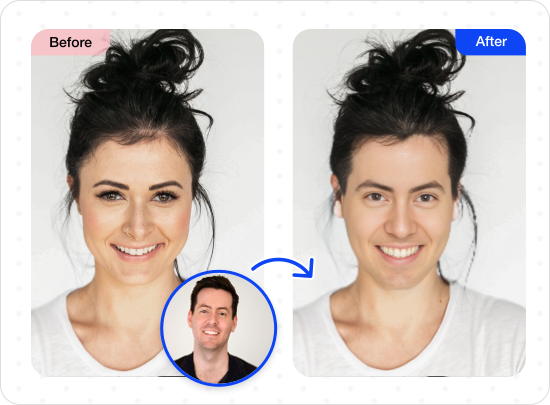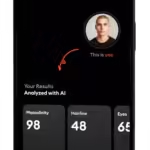Face swapping technology has rapidly gained popularity in recent years, revolutionizing the way we interact with media and entertainment. This innovative technology allows users to seamlessly swap faces in images and videos, creating humorous, surreal, and sometimes unsettling results. In this article, we will delve into the mechanics, applications, and implications of face swapping technology.
How Face Swapping Works
Face swapping technology is based on sophisticated algorithms that analyze and map facial features in an image or video. These algorithms identify key facial landmarks such as the eyes, nose, mouth, and contours of the face. Once these features are identified, the technology can manipulate and swap them with corresponding features in another image or video.
One of the most common techniques used in face swapping is known as “deep learning,” a subset of artificial intelligence that involves training neural networks to recognize and manipulate visual data. These neural networks are fed vast amounts of facial data to learn how to accurately detect and swap faces.
Applications of Face Swapping
Face swapping technology has a wide range of applications across various industries, from entertainment and social media to security and healthcare.
Entertainment: Face swapping technology has been widely used in movies and TV shows to create visual effects or comical scenes where actors swap faces. It has also become a popular feature in social media apps, allowing users to create fun and engaging content.
Security: Facial recognition technology, a close cousin of face swapping, is used in security systems for authentication and access control. Face swapping can be used to demonstrate the vulnerabilities of facial recognition systems and highlight the importance of robust security measures.
Healthcare: In the field of healthcare, face swapping technology can be utilized for reconstructive surgery simulations or facial recognition for medical records. It can also aid in diagnosing certain genetic conditions by comparing facial features with known patterns.
Ethical and Privacy Implications
While face swapping technology offers exciting possibilities, it also raises ethical and privacy concerns. The ability to manipulate faces in images and videos can lead to misinformation, identity theft, and the creation of fake news. Deepfake technology, a more advanced form of face swapping, has been used to create convincing videos of public figures saying or doing things they never did.
To address these concerns, researchers and policymakers are exploring ways to regulate the use of face swapping technology and develop tools to detect and counter deepfakes. It is crucial for individuals to be aware of the potential risks associated with sharing manipulated content and to verify the authenticity of media before sharing it.
The Future of Face Swapping
As face swapping technology continues to evolve, we can expect to see more advanced applications and improvements in accuracy and realism. Researchers are working on refining algorithms to produce more convincing results and reduce the risk of misuse.
One exciting development is the integration of augmented reality (AR) and face swapping technology, allowing users to overlay virtual masks or avatars onto their faces in real-time. This immersive experience opens up new possibilities for gaming, social media, and virtual communication.
In conclusion, face swapping technology represents a significant advancement in the field of computer vision and artificial intelligence. While it offers exciting opportunities for creativity and innovation, it is essential to approach this technology with caution and awareness of its ethical implications. By understanding the mechanics, applications, and implications of face swapping technology, we can harness its potential for positive impact and ensure responsible use in the digital age.














